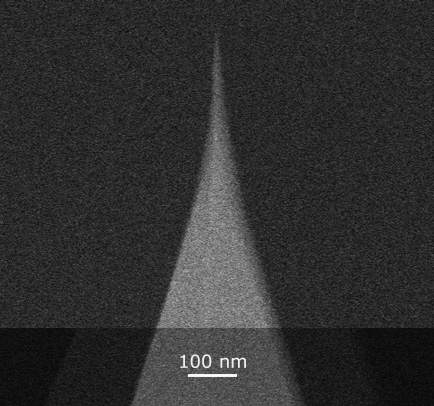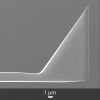

Booth no. 402 is ready to welcome you at the MRS Fall 2024Mon Dec 02 2024


Coating that Mimics Topography and Perspiration Behavior of Human FingertipsWed Nov 27 2024
- Title: Reversible Perspiring Artificial “Fingertips”
DOI: https://doi.org/10.1002/adma.202209729 - Authors: Dongyu Zhang, Jacques Peixoto, Yuanyuan Zhan, Mert O. Astam, Tom Bus, Joost J. B. van der Tol, Dirk J. Broer, Danqing Liu
- Publication: Advanced Materials
- Publisher: Wiley-VCH GmbH
- Date: 06 February 2023

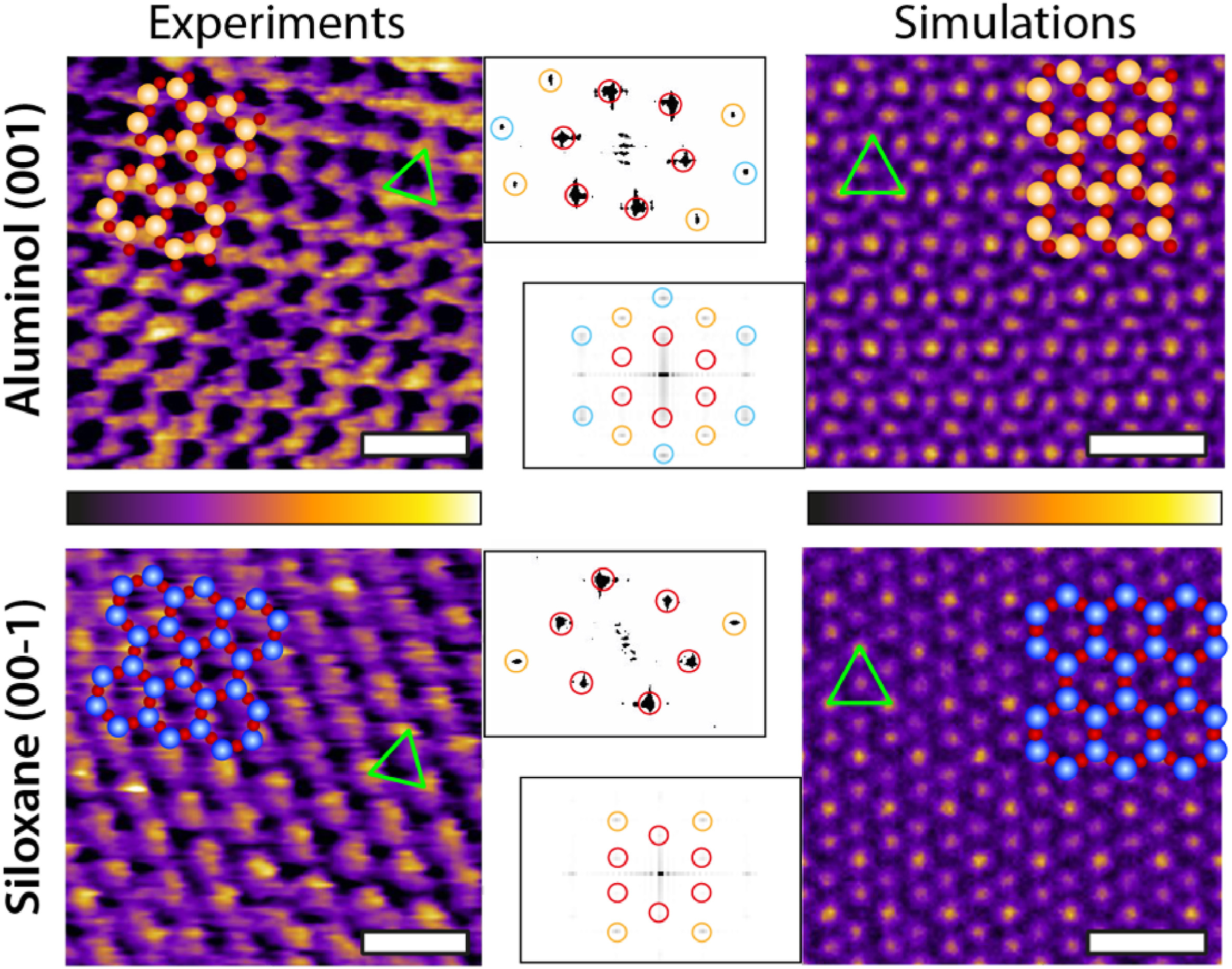
Local probing of the nanoscale hydration landscape of kaolinite basal facets in the presence of ionsTue Nov 26 2024


MikroMasch® HQ:NSC35/Cr-Au AFM probes are used for phase composition-contrast measurementsMon Nov 18 2024

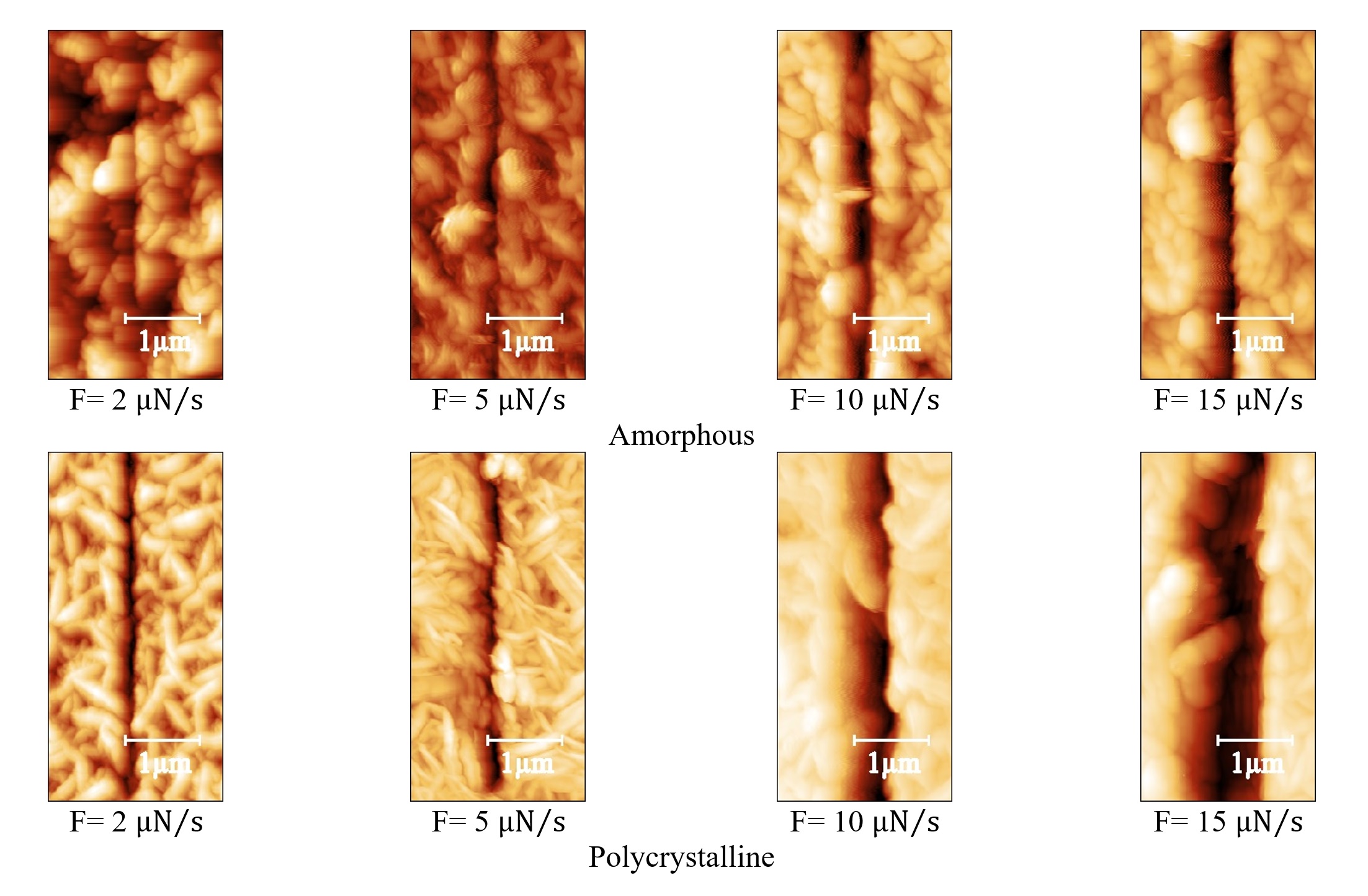
A comparative nanotribological investigation on amorphous and polycrystalline forms of MoS2Fri Nov 15 2024


sQube colloidal AFM probes with 3.3µm SiO2 microspheres on soft silicon nitride AFM cantilevers (0.08N/m) are used for accurate measurements of the interaction forces with graphene sheets deposited on silicon wafers.Fri Nov 15 2024

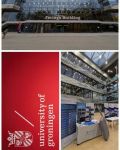
Seeing so much enthusiasm for science gives us great hope for the future!Tue Nov 12 2024


NanoWorld CEO Manfred Detterbeck is at Semicon Europa 2024 in Munich this weekTue Nov 12 2024

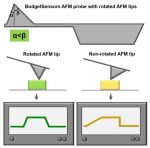
BudgetSensors® silicon AFM probes feature the so-called ‘rotated AFM tips’Tue Nov 12 2024
Our silicon AFM probes feature the so-called ‘rotated AFM tips’. Rotated AFM tip pyramids have steeper sidewalls on the side facing away from the holder chip.
When mounted in the AFM system’s probe holder at the standard 10-13° angle, rotated AFM tips allow symmetric representation of high, steep features on the sample surface.


NanoAndMore GmbH will have a booth that this year’s Dutch SPM Day on Friday, November 8th, 2024.Fri Nov 08 2024


Next Generation Biomaterial for Advanced Delivery Systems for ImmunotherapyFri Oct 25 2024
- Title: Modification of Living Diatom, Thalassiosira weissflogii, with a Calcium Precursor through a Calcium Uptake Mechanism: A Next Generation Biomaterial for Advanced Delivery Systems
DOI: 10.1021/acsabm.4c00431 - Authors: Isma Liza Mohd Isa, Akshay Srivastava, David Tiernan, Peter Owens, Peadar Rooney, Peter Dockery, and Abhay Pandit
- Publication: ACS Applied Bio Materials
- Publisher: American Chemical Society
- Date: June 17, 2024


Check out this investigation of the effects of contaminants in the liquid meniscus between the AFM tip and the sample on conductivity.Mon Oct 21 2024


@NanoAndMore Japan is exhibiting at the 10t International Symposium on Surface Science in Kita-kyushu, Fukuoka, Japan this weekMon Oct 21 2024


Potential-dependent superlubricity of stainless steel and Au(111) using a water-in-surface-active ionic liquid mixtureTue Oct 15 2024

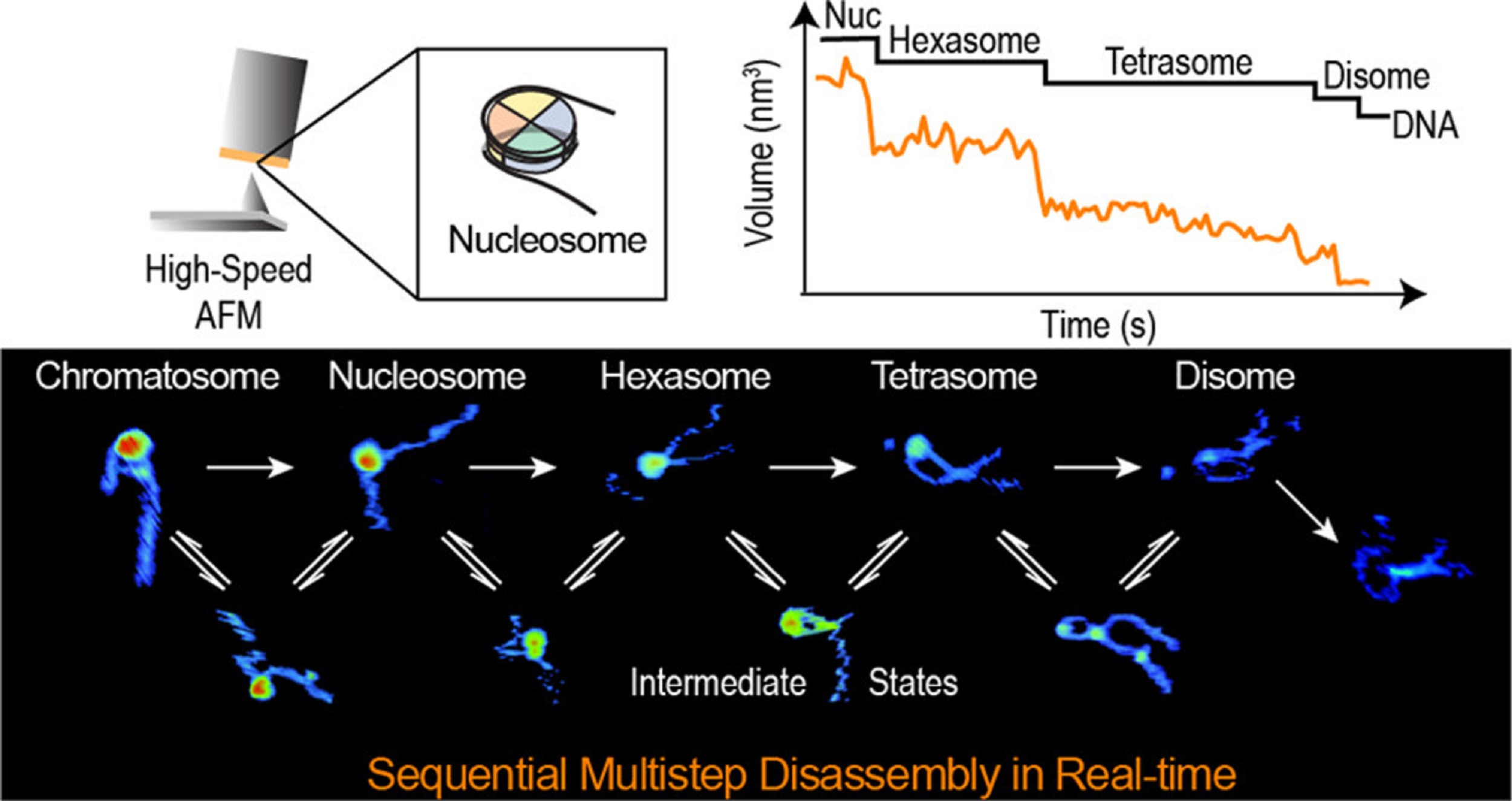
Real-time multistep asymmetrical disassembly of nucleosomes and chromatosomes visualized by high-speed atomic force microscopyThu Oct 03 2024


Combined confocal microscopy and atomic force microscopy with our ElectriCont-G and MagneticMulti75-G AFM probes demonstrate sub-diffraction localization of luminescent defects and nitrogen vacancy center based magnetometry.Mon Sep 30 2024
"The setup demonstrates ≈10 nm resolution in PL imaging of shallow NV centers in diamond and shows the ability to separately address NV centers unresolvable with optical means. The results indicate that in contrast to gold cantilevers, platinum tips of the same diameter do not exhibit a significant plasmon-related PL enhancement, while still inducing a PL quenching at the lateral NV-tip distances comparable to the tip diameter. This nanoscale localization can be utilized to determine the position of single NV centers in diamond nanopillars with high precision, which is crucial for the scanning NV magnetometry."

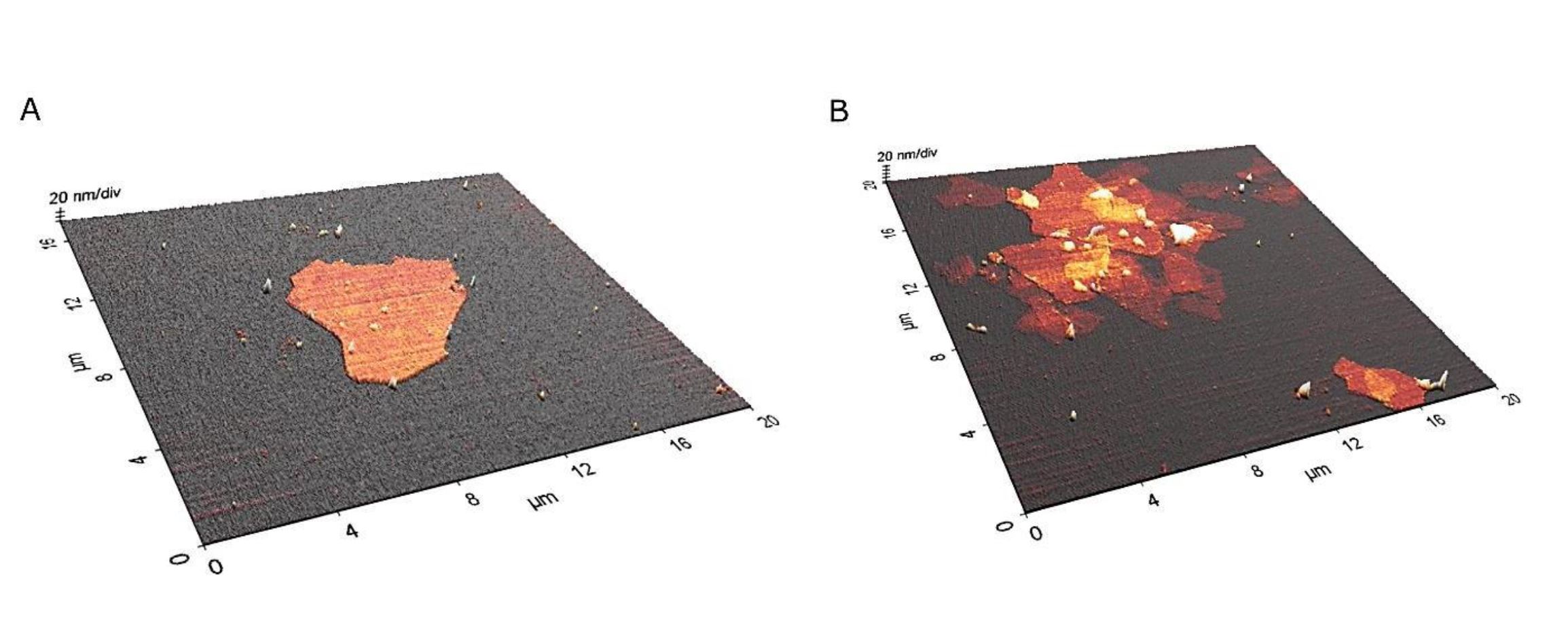
Carbon Thin-Film Electrodes as High-Performing Substrates for Correlative Single Entity ElectrochemistryThu Sep 26 2024


Our MikroMasch HQ:CSC38/tipless/Cr-Au and HQ:NCS35/tipless/Al BS AFM cantilevers are used in the experiments.Wed Sep 25 2024

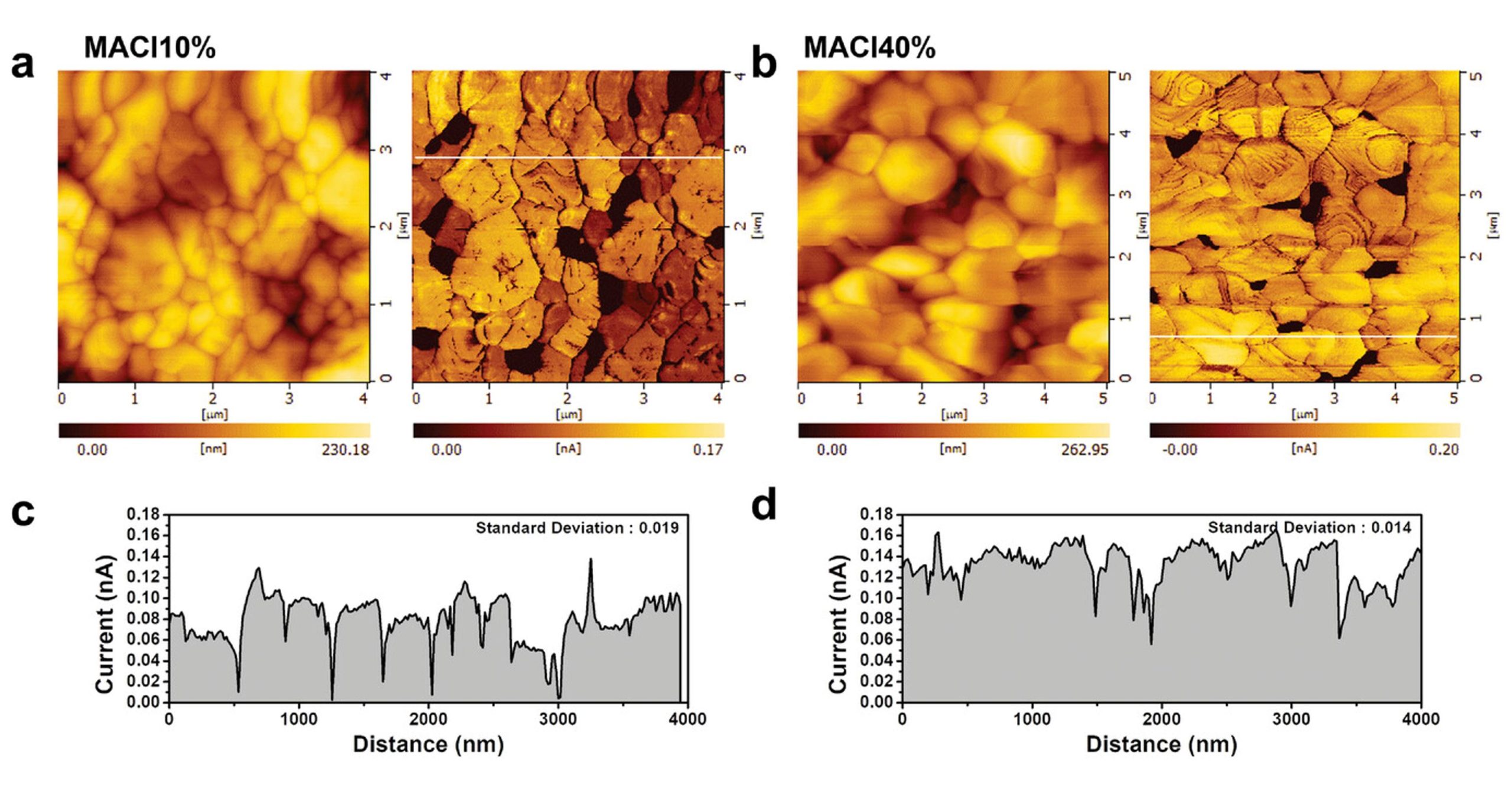
Kinetic-controlled Crystallization of α-FAPbI3 Inducing Preferred Crystallographic Orientation Enhances Photovoltaic PerformanceThu Sep 19 2024

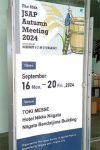
Visit NanoAndMore Japan at JSAP Expo Autum 2024 this weekMon Sep 16 2024


